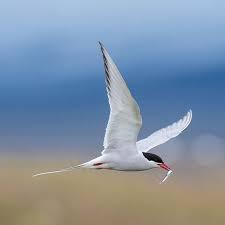The voyage for survival!
The Arctic Tern (Sterna paradisaeais) is a small, gray-and-white social bird, breeding on the ground and can live for decades. White with a black cap, it's a largely coastal, water-loving bird that hatches during summer in the Arctic Circle. During the extremely cold, dark arctic winter, the bird flies south, following the summer season all the way to the Antarctic Circle on the other side of Earth.
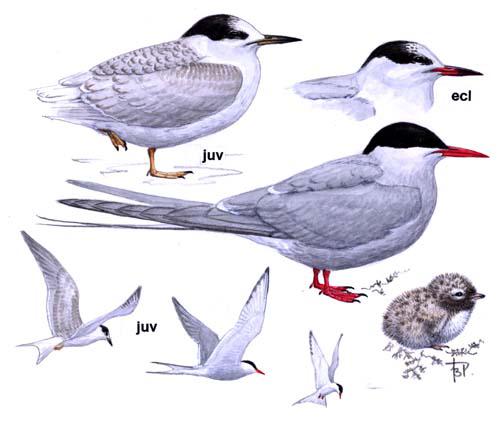
Terns love eating fish and they migrate in search of summer sunlight which illuminates the ground and the ocean surface, so the birds can see fish or insects more clearly.This bird has a circumpolar breeding distribution covering the Arctic and sub-Arctic regions of Europe, Asia, and North America.
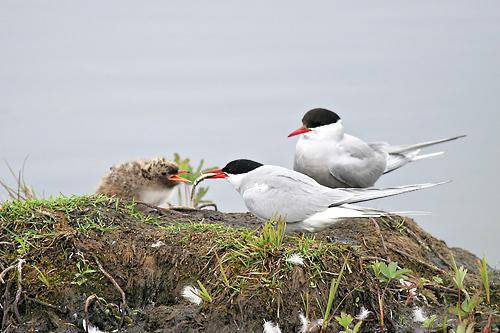
The Arctic tern is special for undertaking the world's longest annual migration for any animal, traveling from the Arctic breeding grounds to Antarctic wintering grounds and back again each year, allowing it to see two summers and more daylight than any other creature.
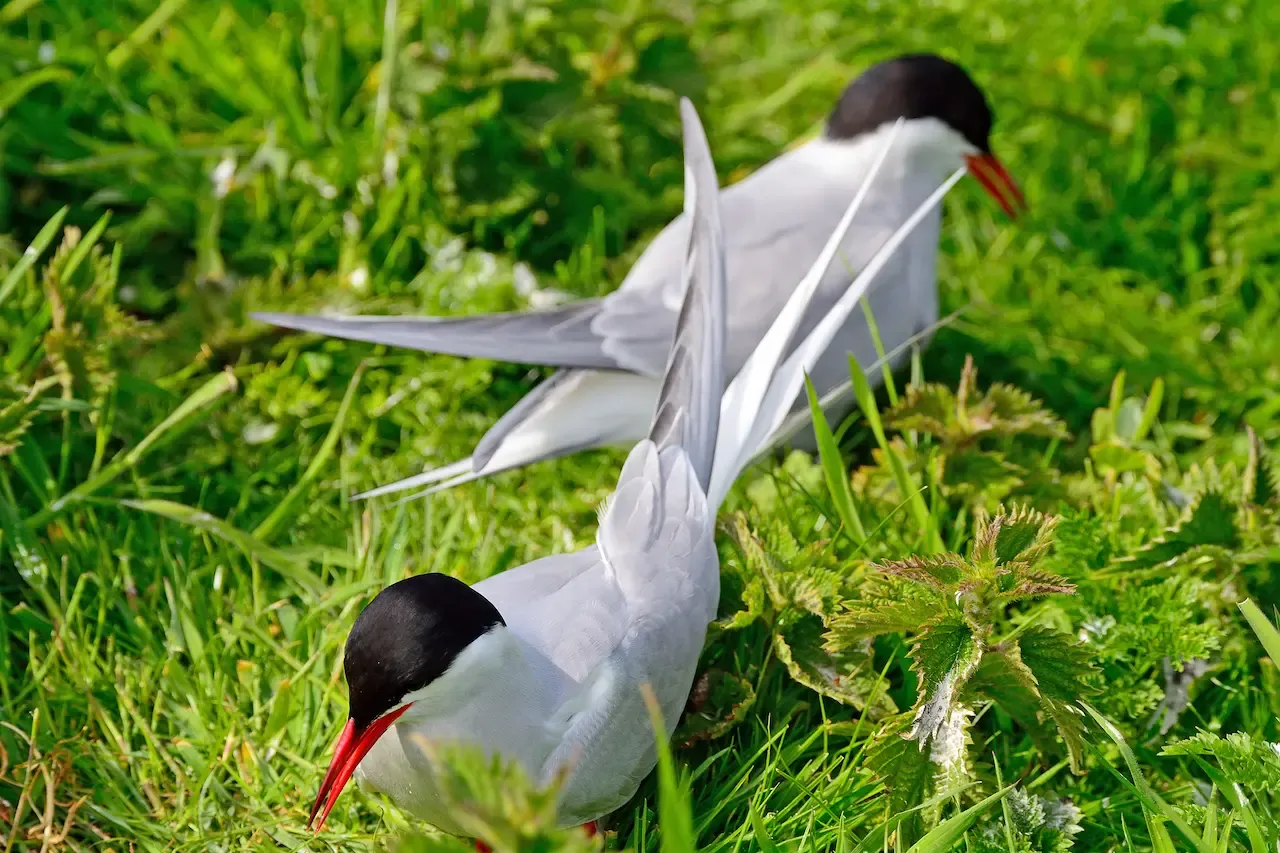
These birds are adapted for their long journeys, using ocean breezes for efficient gliding and even sleeping and feeding in mid-air, covering tens of thousands of miles annually.This epic journey allows them to maximize their time in daylight. Every year, arctic terns migrate from the Arctic Circle to the Antarctic Circle—a round-trip journey of about 30,000 kilometers.
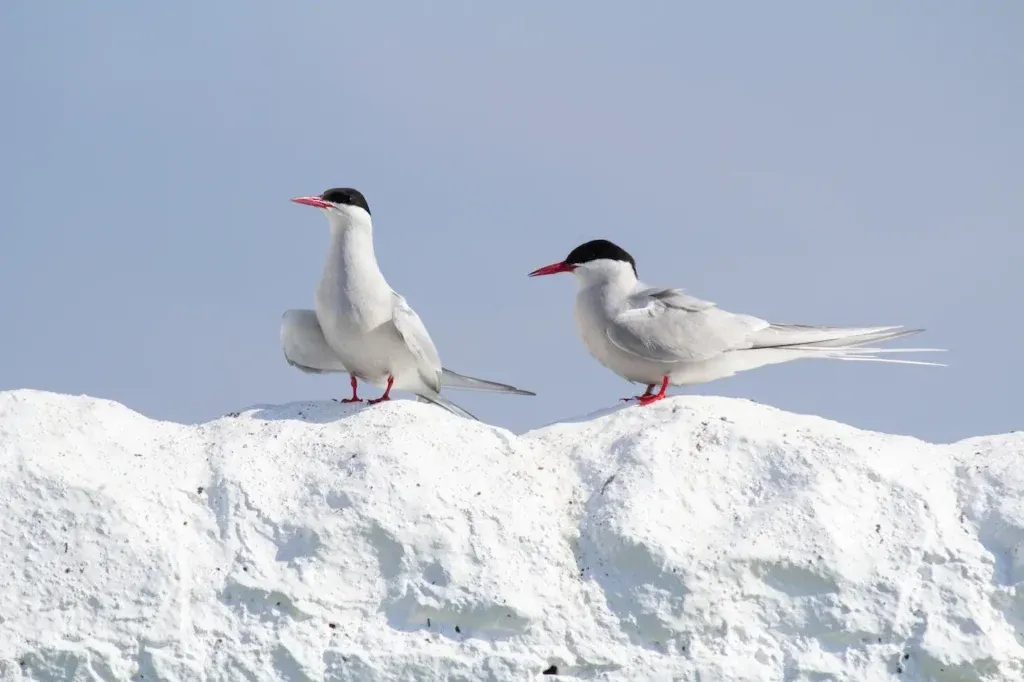
On average, they travel about 70,000 to 95,000 km per year, a distance far greater than any other bird species. Arctic terns which mate for life, can live to be more than 30 years old. When it’s time to prepare a nest and give birth,the terns gather in colonies. Nesting pairs will defend their nest vigorously from threats.A group of arctic terns is called a colony and the entire tern colony migrates together.
Just as migration is about to take place, the normally noisy colony will fall silent. This behavior is called dread. After dread, the colony will take to the air and leave their home nests all at once.While Arctic Terns are rarely seen in the Indian Ocean, sightings do occur, with some recorded in the area as vagrant birds. Recent sightings in Mumbai were attributed to the unusual monsoon season and potentially different weather patterns that may have altered the terns' typical migration paths.
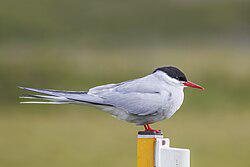
Long back,there was a confirmed sighting of an Arctic Tern in the Ladakh region of India in 1928, but it was not seen on the Indian mainland for approximately 96 years until the recent 2024 sightings in Mumbai. Arctic Terns are thought to be the symbol of optimism, hope, endurance, adaptability, resilience and a safe return .
Comments (10)










